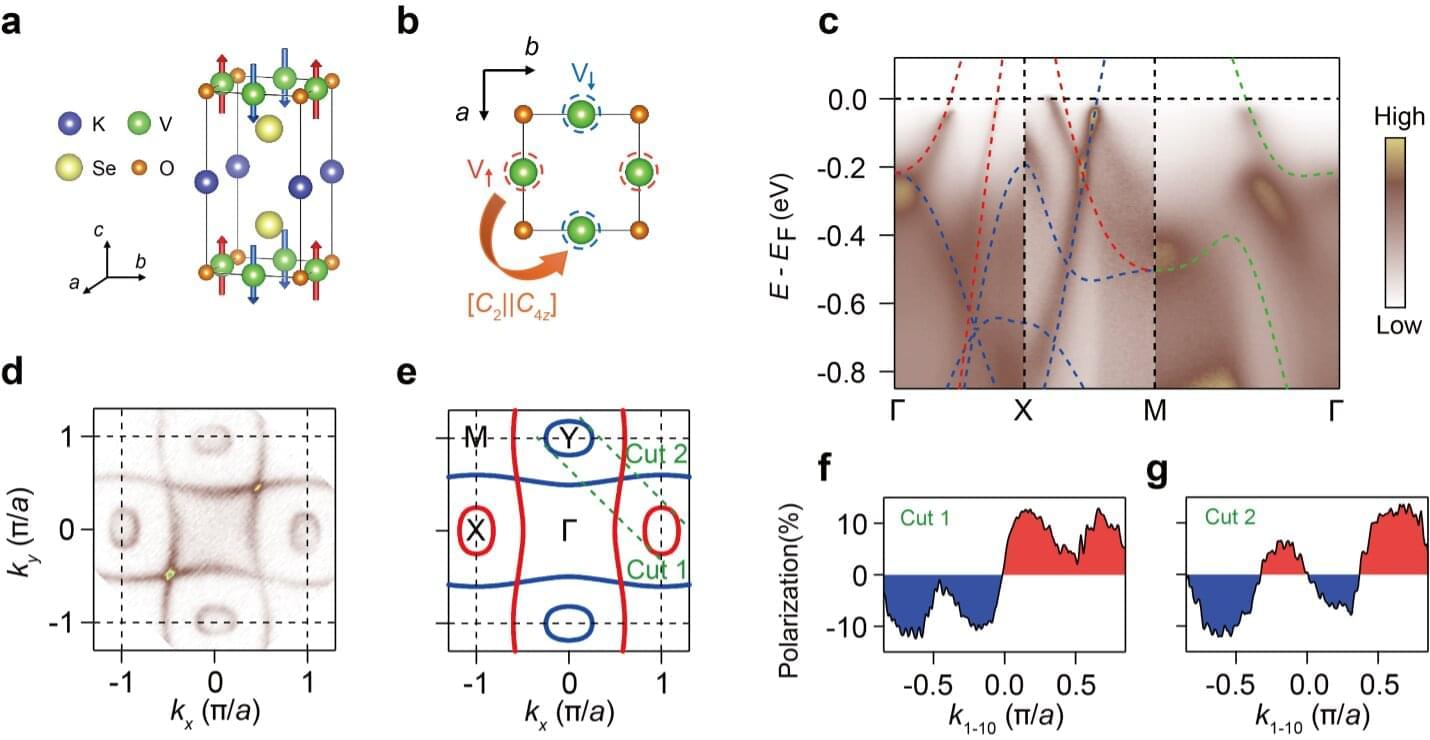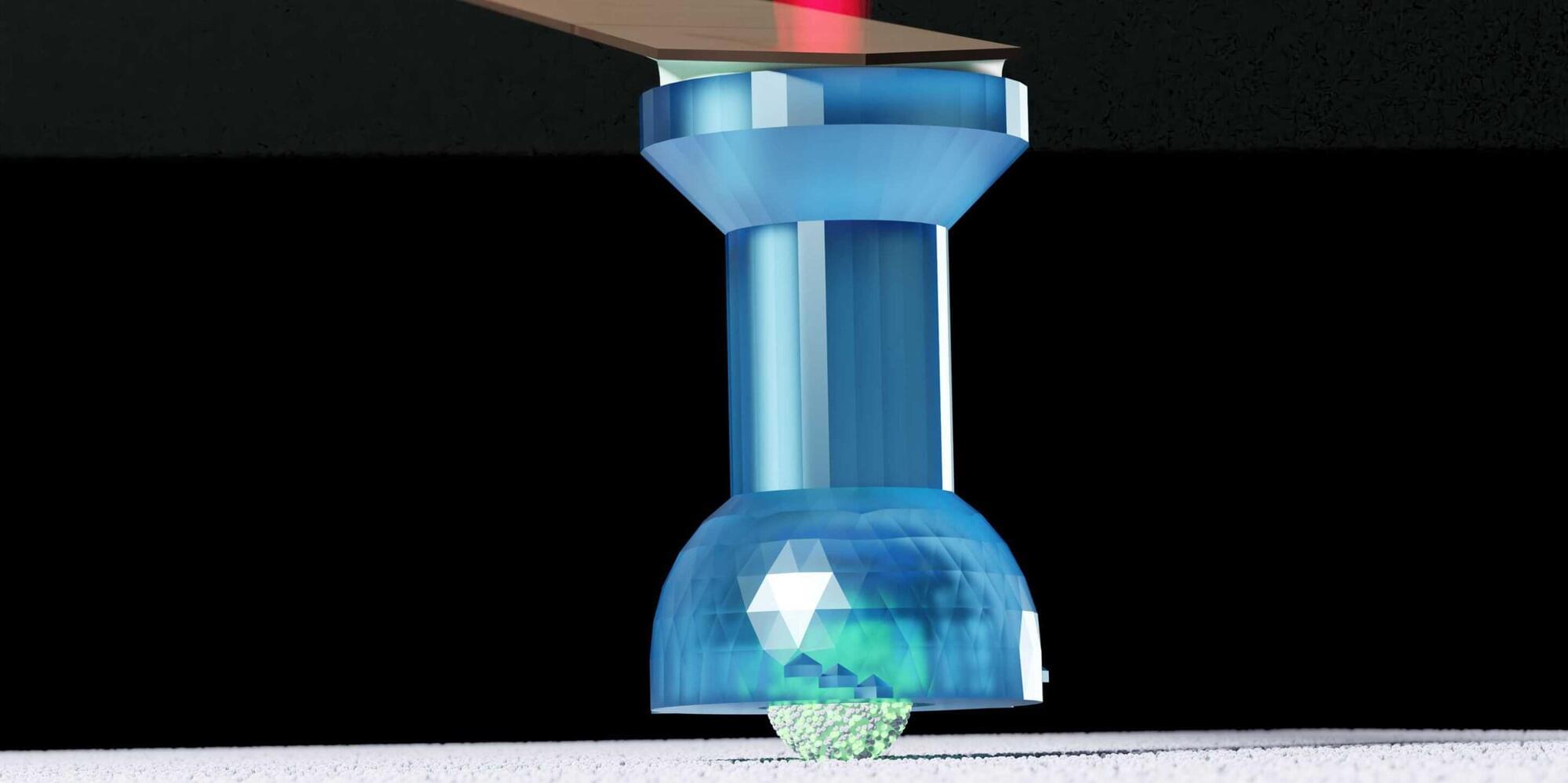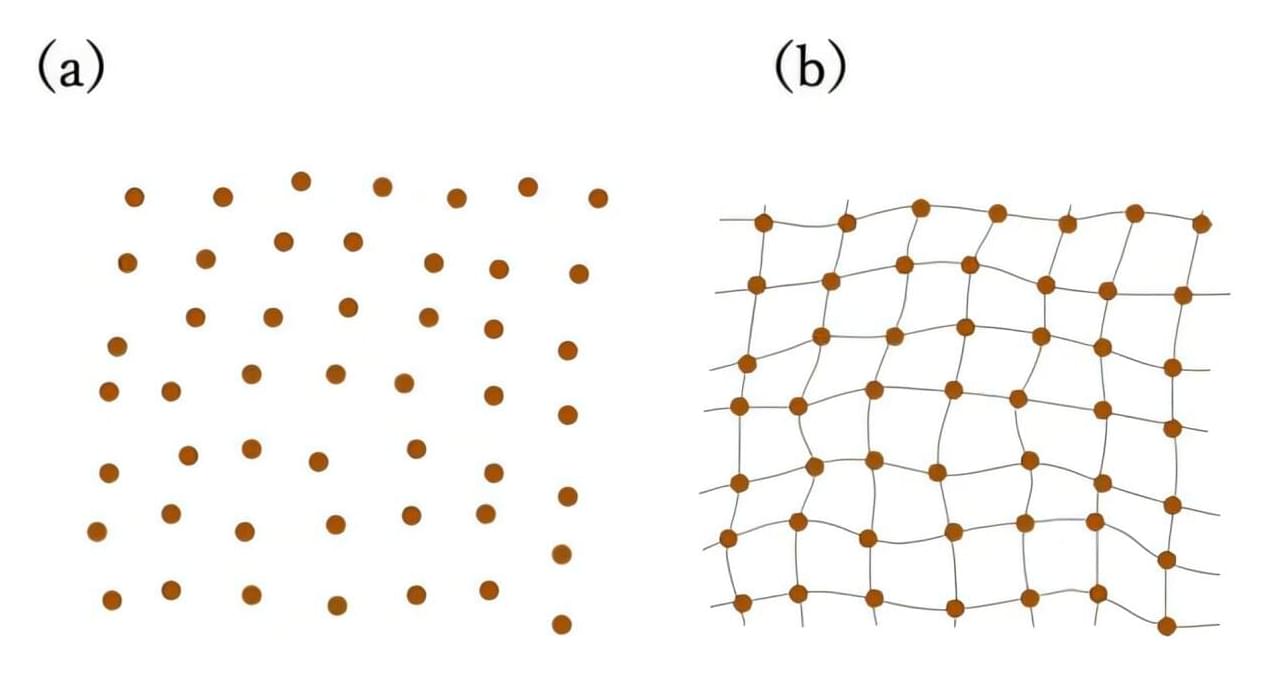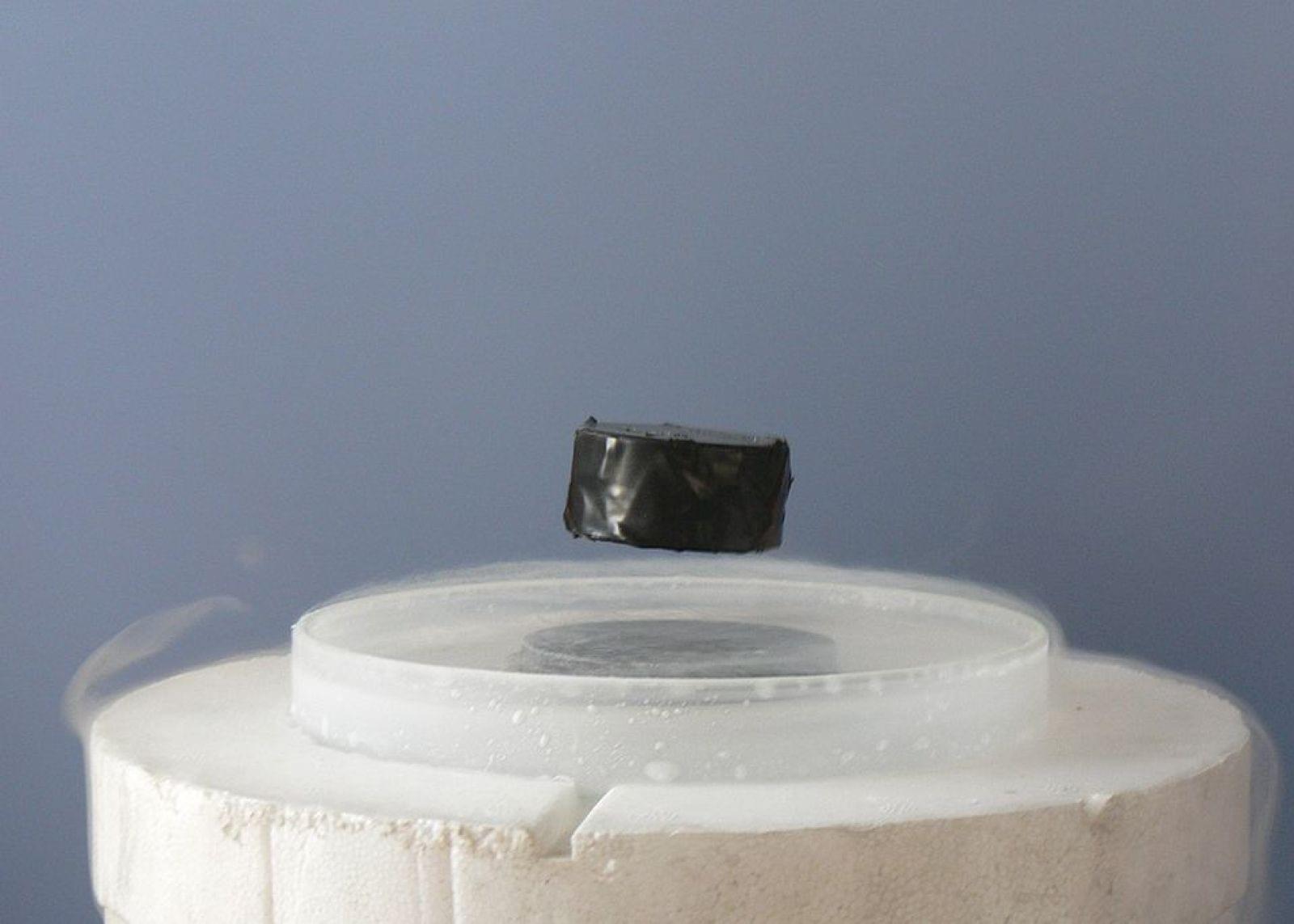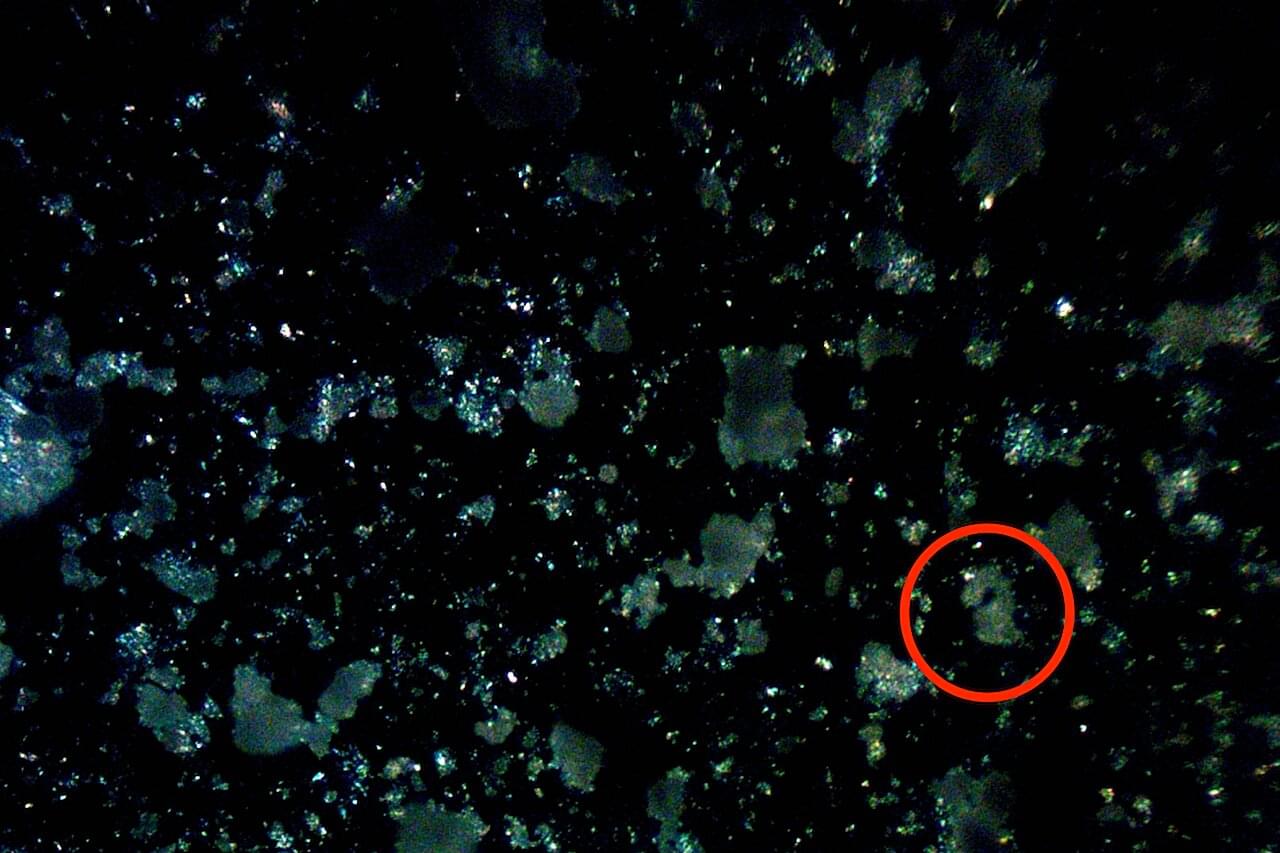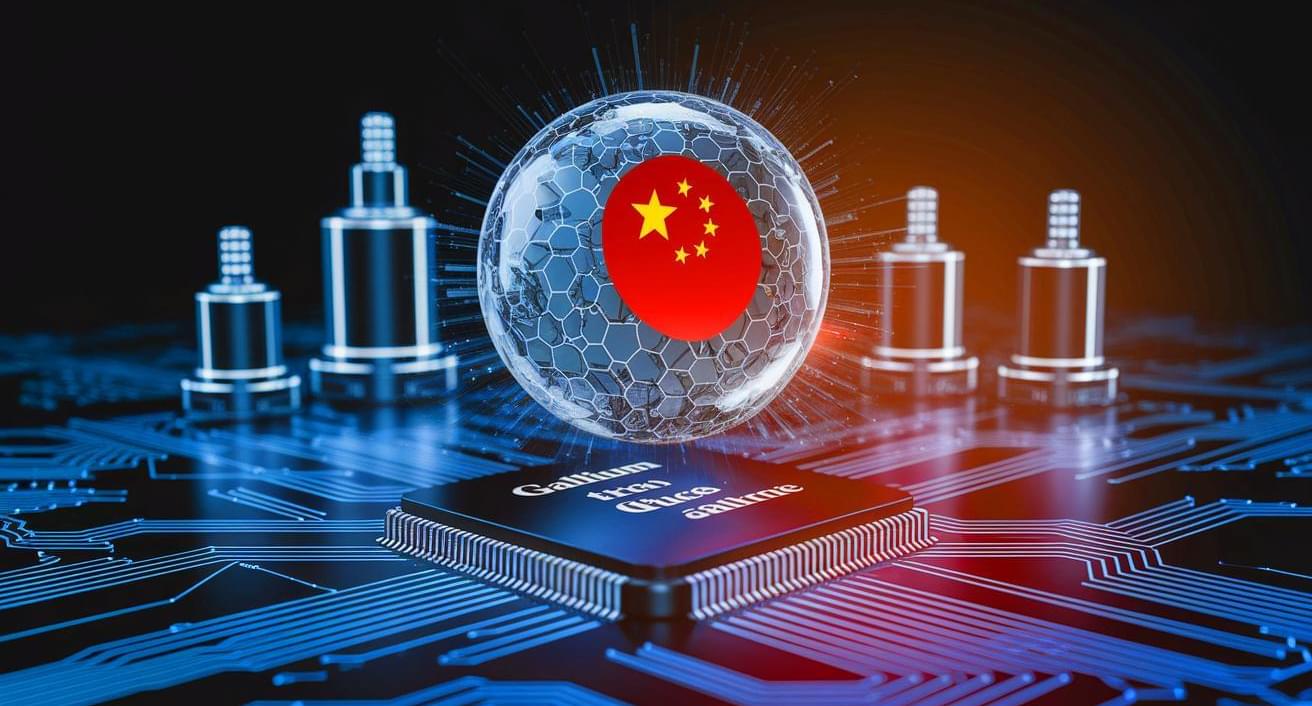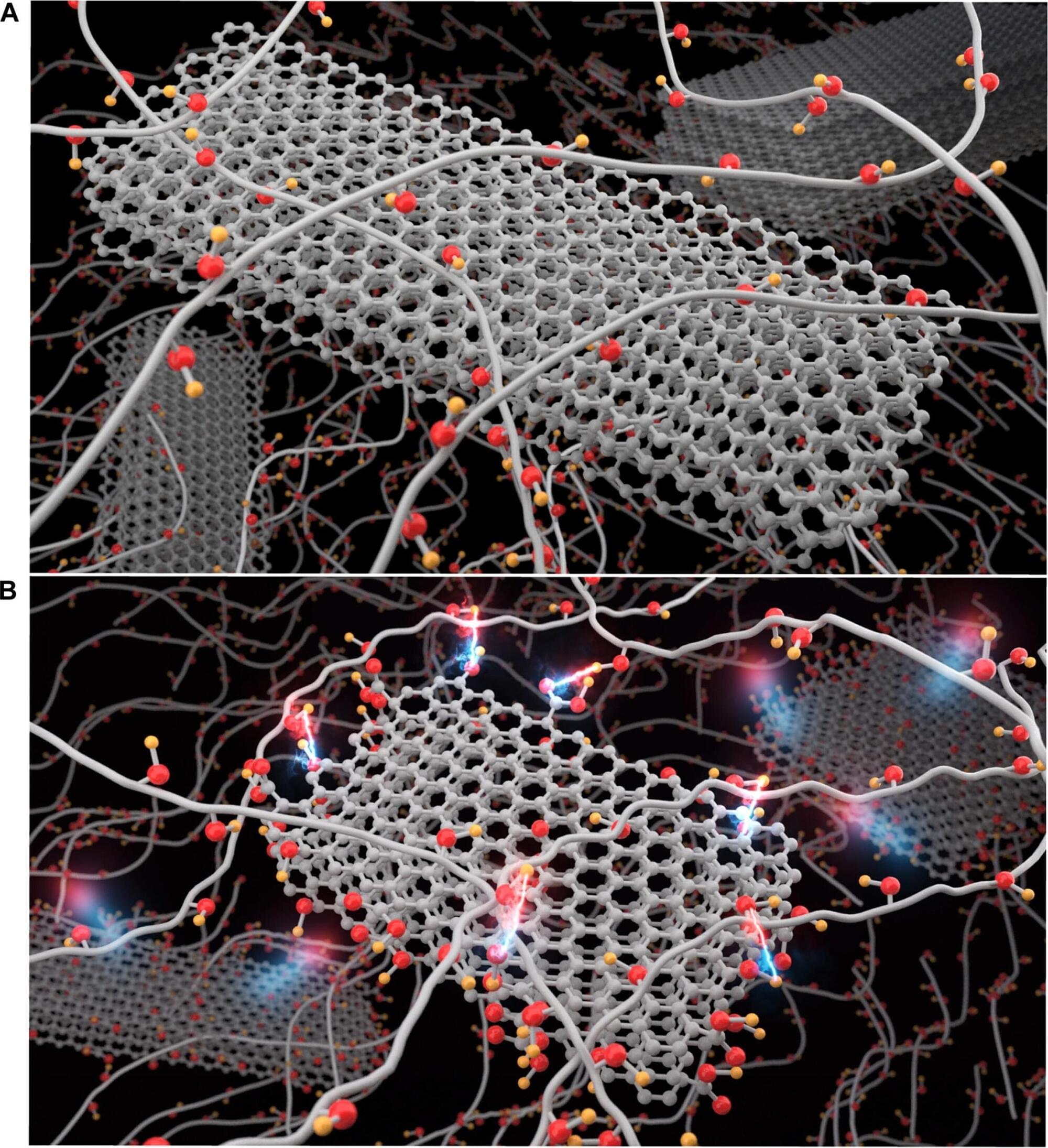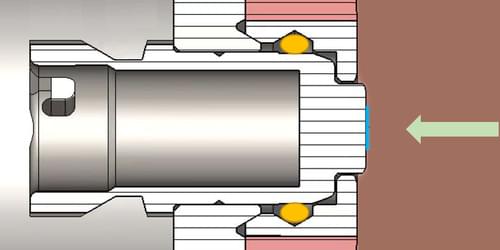For many years, physics studies focused on two main types of magnetism, namely ferromagnetism and antiferromagnetism. The first type entails the alignment of electron spins in the same direction, while the latter entails the alignment of electron spins in alternating, opposite directions.
Yet recent studies have discovered a new kind of magnetism, referred to as altermagnetism, which does not fit into either of the previously identified categories. Altermagnetism is characterized by the breaking of time-reversal symmetry (i.e., the symmetry of physical laws when time is reversed) and spin-split band structures, in materials that retain a zero net magnetization.
Researchers at the Chinese Academy of Sciences and other institutes in China recently uncovered a new material that exhibits altermagnetism at room temperature, namely KV2Se2O. Their findings, published in Nature Physics, highlight the promise of KV₂Se₂O both for the study of altermagnetism and for the development of spintronic devices.
